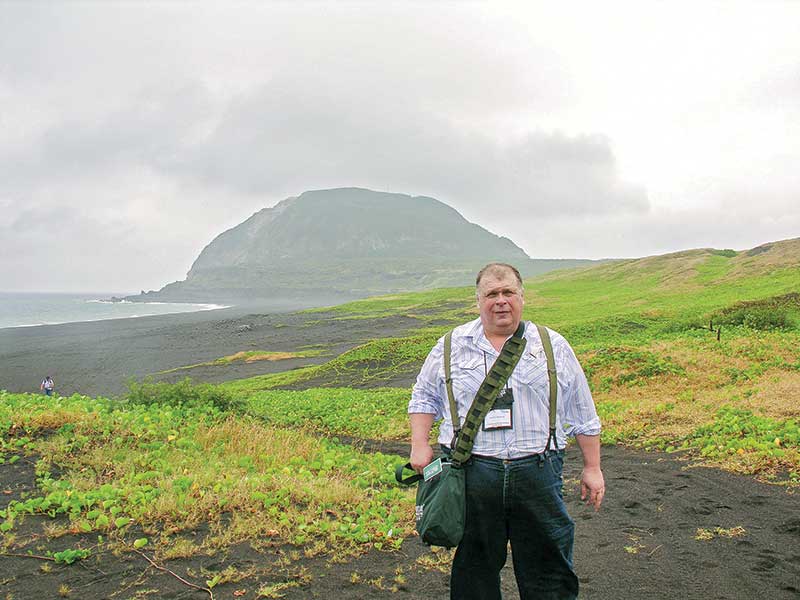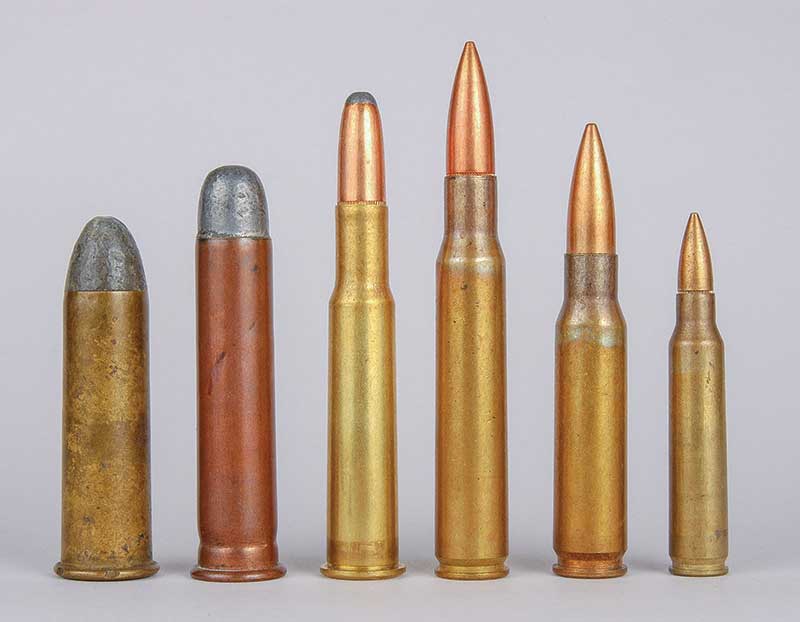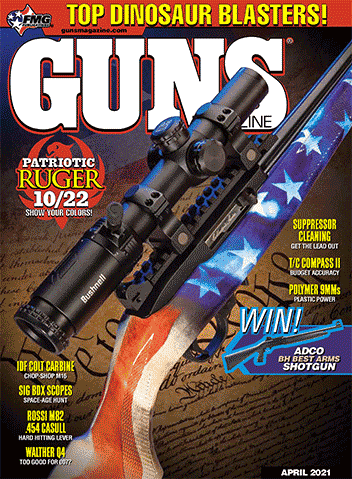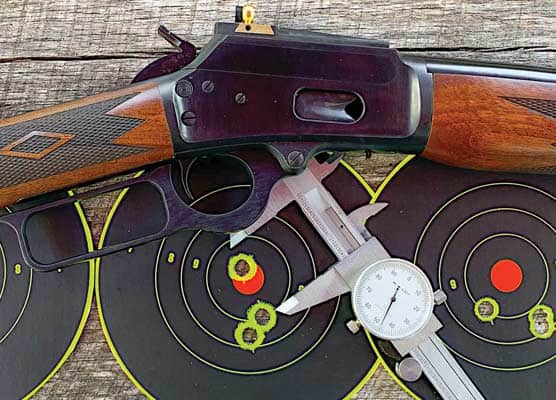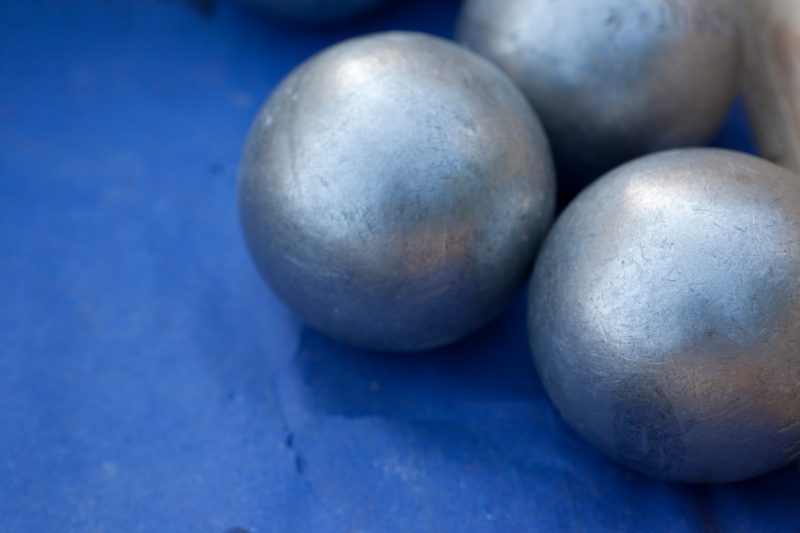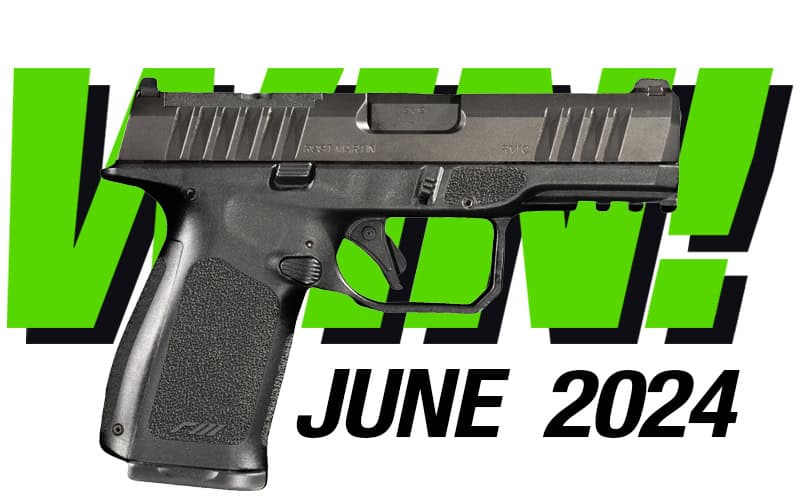A Driven Nation
As for guns of the Old West, my strongest interest is in the Plains Indian Wars of the post-Civil War era. It was a fascinating time in American history, the collective energy of the nation directed westward. Railroads grew daily, cattle drives north from Texas began in earnest. Outlaw gangs such as the James/Younger bunch were rampant in the Midwest.
The post-Civil War decades were also a time of amazing progression in firearms development. When the immense conflagration ended in 1865 the vast majority of infantrymen on either side were armed with muzzleloading rifle-muskets. Cavalrymen mostly carried Sharps or Spencer breech-loading carbines; the first used paper cartridges but the latter actually fired new-fangled metallic cartridges. Civil War horse soldiers were also armed with revolvers. Again they were front loaders, mostly made by Colt but with Remington being a major player too.
Fast forward 10 years. Muzzleloading military rifles and revolvers were considered archaic. The new firearms still relied on black powder for propellant but all shot metallic cartridges. Repeating rifles were common. The forend-less Henry .44 Rimfires actually appeared during the Civil War in modest numbers but by 1875, Winchester had put out thousands of their new Model 1873. Not only was it a repeater but it fired a .44 centerfire cartridge denoted on their barrels as .44 WCF (.44 Winchester Centerfire). Not only was it more powerful than the .44 Henry Rimfire but it was also reloadable.
The same was true in spades with revolvers. Front loaders were out. By 1875 Smith & Wesson was selling their top break No. 3 revolvers chambered for .44 American, .44 Russian and a newly introduced .45 S&W; today better known as .45 S&W “Schofield.” Colt dragged their feet a mite because S&W owned a patent for bored-through chambers but with the new .45 Colt Single Action Army, they hit a 150-year home-run.
And let’s not forget the big bore single shot “buffalo rifles.” Without the Sharps Model 1874 and the Remington No. 1 firing huge .44, .45 and .50 caliber cartridges, slaughtering vast herds of plains bison would not have been possible. With the free roaming bison serving as the warring Indians’ mobile grocery supply, settlement of the plains might not have been stopped entirely but it would certainly have been delayed significantly. Such ideas aren’t considered PC today but it was back then.
